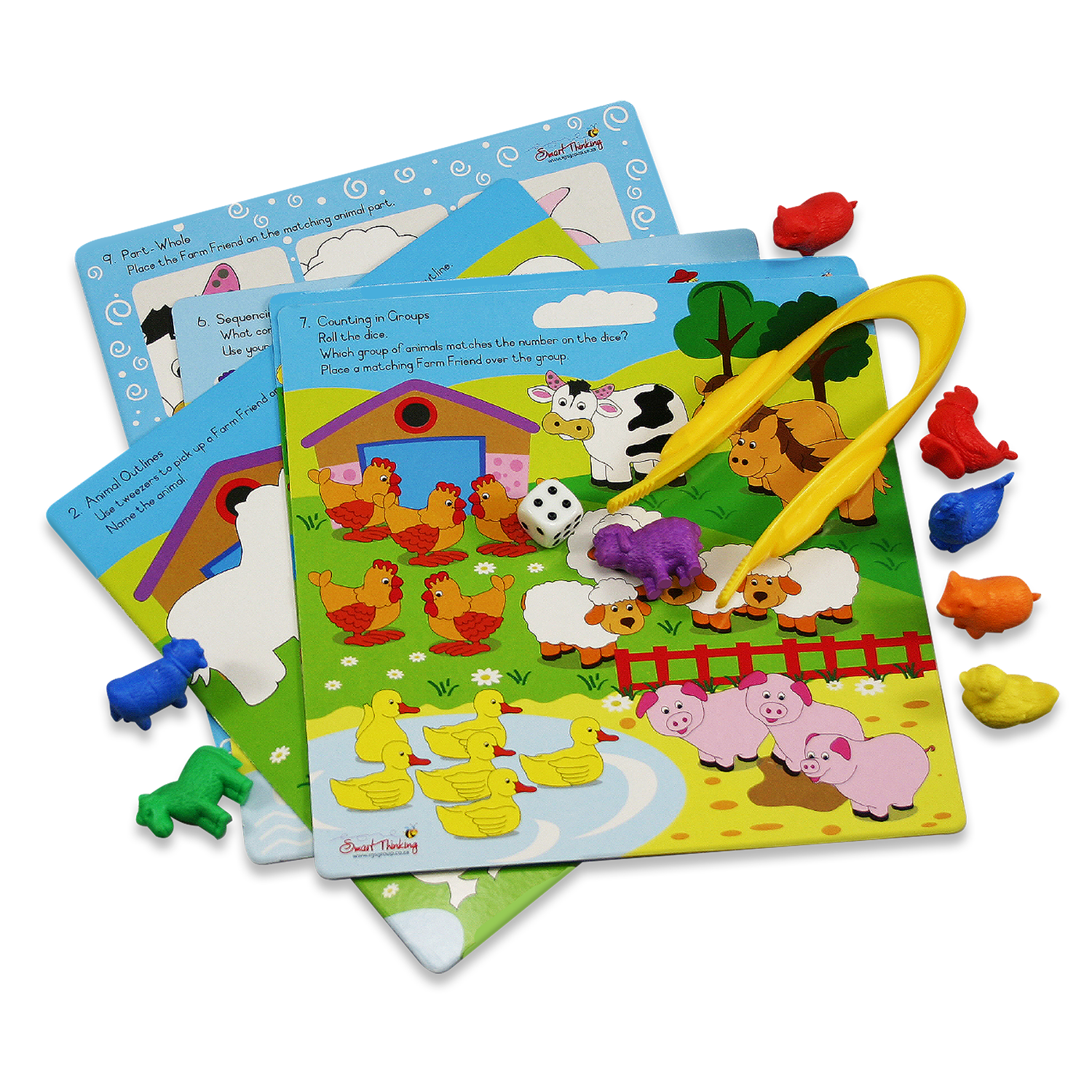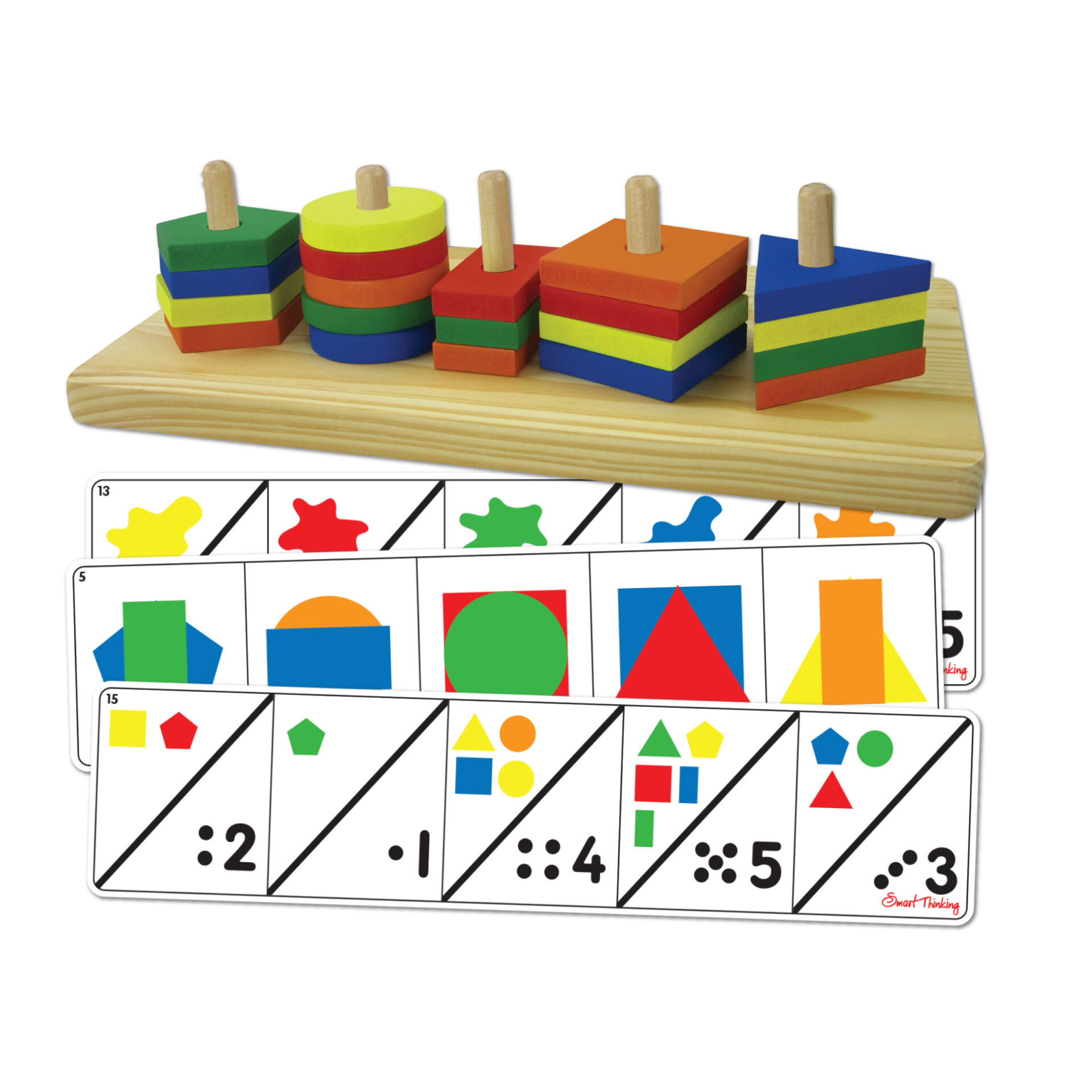A pre-writing skills info session
Every parent understands that when their child reaches ‘big school’ much of their learning will depend on their reading and writing ability. With this in mind, it makes sense for parents to equip their childrenmwith strong pre-reading and pre-writing skills. This can easily and actively be done through play!
Handwriting requires:
- both eyes to work together
- eyes that can converge smoothly and effortlessly on a central point
- eyes that can look from side to side and track a moving object without jumping
- an understanding that we read from left to right
- the ability for the eyes to focus at different distances
- strong fingers and hands
- the ability to isolate finger movements
- an ability to cross the midline of the body
- an effective tripod grip with an open web space
- good posture
- strong hip girdle for sitting
- strong shoulder girdle for hand control
- established dominance (left- or right-handed?)
- the ability to concentrate and focus attention on the task at hand
- hand-eye coordination
- fine motor control
Try these fine products
The ‘sacred seven’ for pre-writing skills
- Encourageyour child to move and get involved in lots of physical activity. In this way they will strengthen their hip and shoulder girdles, which will help them control a pencil / pen at the end of their hand. When moving, your eyes are also exercised.
- Through gross-motor activities, your child will have the opportunity to cross their midline, leading to the integration of both left and right hemispheres of the brain. If this does not happen, you will start to notice that your child, paints, draws and writes only one half of the page and does not fully utilise all the space available. Occupational therapy can correc this.
- Children learn from the inside out, which means that their core stabilising muscles down the centre of the body are essential for effective fine-motor control in the hands. As a child gains more control of their body, you will notice that they use the whole are less and less for drawing, paiting and colouring until evenually it is only the hands which move.
- Always give a pre-school child large pieces of paper to work on when doing creative activities. this encourages crossing the midline and effective use of space.
- Never draw or write something for a pre-schooler to copy. this interupts their creative development process. Their impression of a dog or tree is their impression and it will change over time as their life experience develops. Colouring-in and other activity books should not be introduced until around five years of age. Worksheets and other prescribed creative activities should be avoided in the pre-school years. Beware of pre-schools where there is predominance of such activities.
- Never ask a young child what they have drawn or painted, but rather use and encouraging phrase such as “Wow! i love the colours you have used” or “You have made such a beautiful painting”.Rather wait for your child to label their work of art than take the cue from them.
- Use perceptual games frquently when you play with your child. These promote concentration skills, persecerance and decision making.




